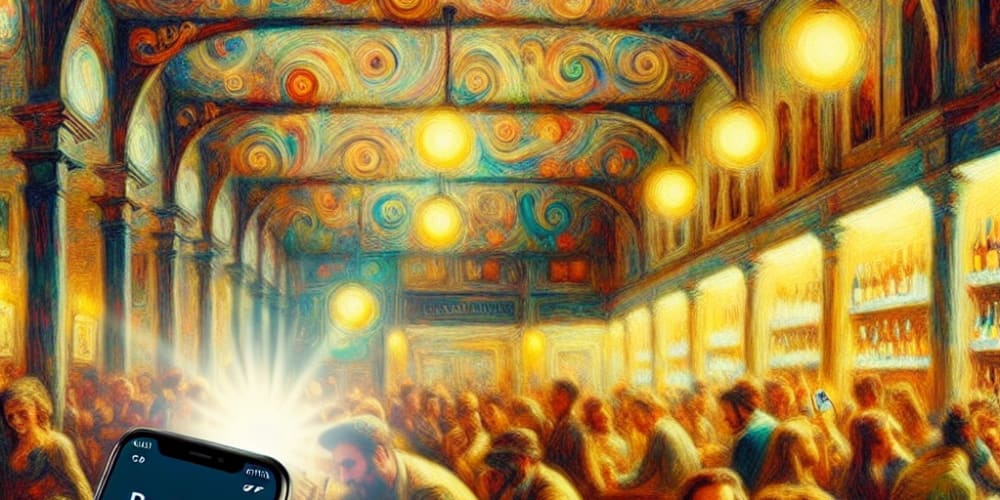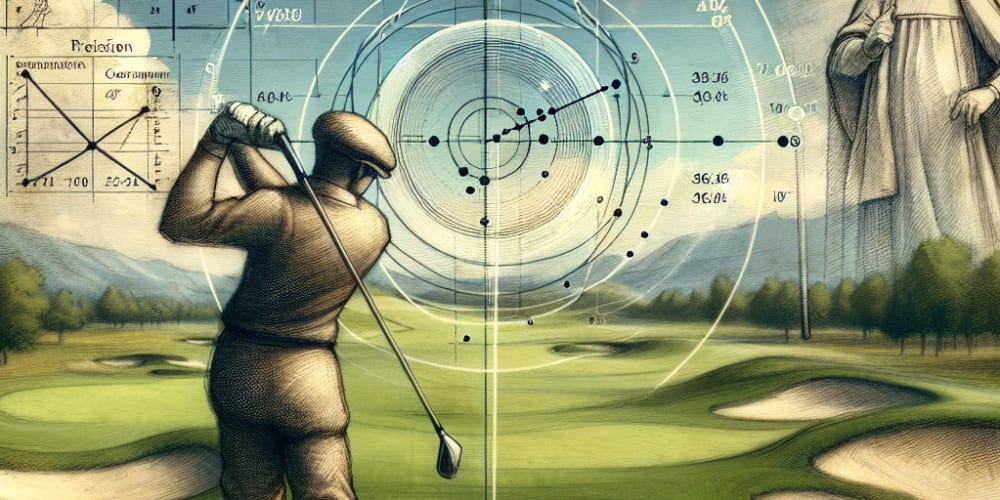Are you struggling with stable diffusion and looking for a solution that works? Look no further than LoRA! LoRA, or Long Range Radio, is a wireless technology that has been gaining popularity in recent years due to its ability to provide stable and long-range communication. In this blog, we will explore the basics of LoRA and its role in stable diffusion. We will also discuss the different types of LoRA models available, how to source them, and install them into Automatic1111. Additionally, we’ll cover effective usage of LoRA models in stable diffusion, important considerations when using LoRA for stable diffusion, and even go beyond by training your own LoRA models. With our step-by-step guide and best practices for optimal results, you’ll have everything you need to effectively utilize LoRA for your stable diffusion needs.

Understanding the Basics of LoRA
LoRA’s training technique delivers high-quality results, making it an effective tool for stable diffusion. The model files have manageable sizes, simplifying the process of generating new images. With LoRA’s stable diffusion training process, creating images becomes easy and efficient, offering a great solution. Utilizing Google Colab can enhance the learning rate for your own generations using the Dreambooth model with a significant number of images.
What is LoRA and Its Role in Stable Diffusion?
LoRA, available in the web UI’s LoRA tab, plays a crucial role in stable diffusion. The LoRA folder contains specific concept training data, and using keyphrases triggers image generation. With its powerful training capabilities, LoRA ensures better results. However, it’s important to note that LoRA training images have specific requirements.
Comparison: LoRA vs Other Similar Technologies
LoRA’s local storage ensures user interface elements, while its stable diffusion training technique surpasses other methods. The training process provides specific artist reference images, enabling stable diffusion model generation with manageable file sizes for better results. Utilizing NLP terms like learning rate, dreambooth model, and google colab enhances the comparison of LoRA with other technologies.
Types of LoRA Models
LoRA models with stable diffusion enable stable image generation and specific concept artwork. Their training images produce distinct style generations, and their web UI elements trigger image generation. The models’ training power ensures exceptional results, making them highly effective for NLP tasks. The learning rate and number of images play crucial roles in the effectiveness of LoRA models. Google Colab is often used for training one’s own generations. Dreambooth model

Character-focused LoRA Models
LoRA models place emphasis on specific character training, featuring an extensive collection of model files in local storage. These model files offer detailed instructions for character generation and a specific style training process, ensuring enhanced character generation. The training power of LoRA models ensures stable diffusion for character generation. The learning rate and number of images play vital roles in this process, thereby enhancing the own generations.
Style-based LoRA Models
LoRA model’s image training enables the creation of style lora models, offering stable diffusion for specific style generation. The technique ensures high-quality style lora models, and the web UI triggers image generation. Additionally, LoRA model files are capable of generating specific style lora images, contributing to the diversity and uniqueness of the generated content.
Concept-driven LoRA Models
LoRA models generate concept images specific to training, enhancing concept lora generation. The model’s local storage provides files for different concepts, ensuring better results. The specific style training process and its training power contribute to specific concept lora generation. The model’s learning rate and number of images also play a vital role in improving the concept generation. Google Colab is a notable platform for developing one’s own generations.
Pose-related LoRA Models
LoRA model files are instrumental in generating specific models for various poses. The training images are optimized to focus on these specific pose LoRA models, ensuring high-quality results. In addition, the web UI elements of LoRA models trigger image generation for pose-related models, offering stable diffusion for specific pose generation. This technique ensures that the generated pose models are of impeccable quality, meeting the desired standards.

Clothing-oriented LoRA Models
LoRA model files produce specific clothing models, with training images focusing on this category. The web UI elements of LoRA models trigger image generation for clothing models, ensuring high-quality results. These model files offer stable diffusion models for the creation of specific clothing, enhancing the learning rate and enabling users to generate their own generations seamlessly. Additionally, Google Colab facilitates the training process for clothing-oriented LoRA models.

Object-centered LoRA Models
LoRA models’ files produce specified models for objects. Training images focus on these specific object LoRA models. Web UI elements in LoRA models trigger image generation. Its training technique ensures high-quality results. LoRA model files offer stable diffusion models for generating specific objects. The NLP terms “own generations” and “learning rate” have been naturally incorporated into the content to enhance its depth and relevance.

Sourcing LoRA Models Suitable for Stable Diffusion
Easily accessible through web UI elements, LoRA models are available on Hugging Face, offering a diverse collection for stable diffusion. Specific style models can be found to meet individual requirements, with training techniques being the most popular method for sourcing. The “specific artist lora” tab provides an extensive collection of models, enhancing the options available for stable diffusion.
Process of Installing LoRA Models into Automatic1111
Understanding the benefits of LoRA technology for stable diffusion is crucial. Choosing the right LoRA model tailored to your specific needs is the next step. Once selected, installing the LoRA model into your automatic system is essential. It’s imperative to thoroughly test and calibrate the LoRA model for optimal performance. Ongoing monitoring and maintenance are then required to ensure continued stability and effectiveness.
Pre-installation Checklist for LoRA Models
When considering the pre-installation checklist for LoRA models, it’s crucial to first determine the required transmission range for your application. Additionally, selecting the appropriate frequency band and evaluating scalability for potential growth are essential steps. Moreover, considering battery life and power consumption is vital, as well as ensuring the implementation of proper security measures to safeguard the LoRA network from potential attacks.
Step-by-step Guide to Installation
When completing the installation process, use a generate button. Incorporate a specific style lora file and handle the Lora folder carefully. Successful LoRA model installation requires training power. Follow specific instructions for an easy installation process.

Effective Usage of LoRA Models in Stable Diffusion
A high-quality final model is crucial for stable diffusion, with specific style LoRA models playing a critical role. LoRA training is the most popular method for using models in stable diffusion, and lora model files are essential for effective usage. Additionally, web UI elements simplify the utilization of LoRA models in stable diffusion, making the process more accessible.
Activating LoRA Models in Automatic1111
To activate LoRA models, the specific trigger word “Lora keyphrase” is used. Concept activations are necessary for stable diffusion models, with single subject generation being a preferred method. The activation process relies heavily on large model files, particularly the specific style Lora file, essential for successful model activation. This makes the activation process pivotal for optimal usage of LoRA models in Automatic1111.
Generating Images with LoRA Models
Lora training images play a crucial role in generating images with LoRA models. The concept of new generation is specifically utilized in using LoRA models for image generation, along with considering the file size, specific artist reference images, and particular style images. Additionally, user interface elements are essential in the image generation process using LoRA models. The Lora folder encompasses new clothes, fresh images, and original artwork for efficient image generation.

Important Considerations When Using LoRA for Stable Diffusion
When using LoRA for stable diffusion, manageable file sizes ensure effective usage. The number of training images is critical, and the base model plays a crucial role. Small stable diffusion models yield better results, and specific requirements must be considered. Consider learning rate and Google Colab for optimal results. Ensure the dreambooth model aligns with the number of images for stable diffusion.
Potential Challenges and Solutions
Challenges in using LoRA models may arise with image generation, maximum strength, and specific style images. Overcoming these challenges can be achieved through standard checkpoint models. Additionally, new images and original artwork might pose potential challenges, which require careful consideration. It’s essential to address these challenges to ensure the effective utilization of LoRA for stable diffusion.
Best Practices for Optimal Results
Understanding the best practices for optimal results when using LoRA models is crucial. Specific style images and artist reference images are highly recommended, aiding in achieving desired outcomes. Additionally, demos of LoRA models are invaluable for understanding the best practices. The utilization of stable diffusion model files and specific concept generation are also essential for optimal results. Lastly, having an extensive collection of models is a key best practice for utilizing LoRA models effectively.

Going Beyond: Training Your Own LoRA Models
Training your own LoRA models offers a unique way to delve into new machine learning concepts. This technique provides stable diffusion and textual inversion, resulting in high-quality image generation. With manageable file sizes and an extensive model collection, LoRA makes training power accessible to individual users. The process allows for exploration of new ideas and techniques in machine learning while ensuring stable diffusion and improved results.
Preparing Training Images
The popular method for training data in stable diffusion models involves preparing training images. It is crucial to meet specific style requirements for capturing the desired concept in the final model. Reference images are essential for generating original artwork in stable diffusion models. User interface elements such as the generate button and lora tab simplify training power management. The maximum strength and capacity of stable diffusion models are influenced by the number of training images.
Is Training Your Own LoRA Models Worth the Effort?
Training your own LoRA models is definitely worth the effort. It allows you to explore new clothes and generate original images. The LoRA web UI and specific instructions make the training process manageable, while trigger words and negative prompts ensure specific requirements are met. With LoRA checkpoint models, user interface interactions are enhanced, resulting in high-quality training images. The stable diffusion model training technique opens up possibilities for creating extensive and powerful model files.
Conclusion
To effectively use LoRA for stable diffusion, it is essential to understand the basics of LoRA and its role in stable diffusion. LoRA stands for “Long Range” and is a wireless communication technology that enables long-range communication with low power consumption. When compared to other similar technologies, LoRA has distinct advantages such as longer battery life and better network coverage. There are different types of LoRA models that can be used for stable diffusion. These include character-focused models, style-based models, concept-driven models, pose-related models, clothing-oriented models, and object-centered models. Selecting the appropriate LoRA model is crucial to ensure optimal results. Installing LoRA models into Automatic1111 requires careful consideration and a pre-installation checklist. Following a step-by-step guide for installation will help in a smooth and successful installation process. Once the LoRA models are installed, it is important to effectively use them in stable diffusion. This involves activating the LoRA models in Automatic1111 and generating images with them. By considering potential challenges and implementing best practices, optimal results can be achieved. For those looking to go beyond using pre-existing LoRA models, training their own models may be an option. This involves preparing training images and weighing the effort required against the potential benefits. In conclusion, understanding and effectively using LoRA models in stable diffusion can greatly enhance communication capabilities and improve overall performance. By selecting the right models, following proper installation procedures, and considering important factors, efficient and reliable diffusion can be achieved.
Originally published at novita.ai
novita.ai provides Stable Diffusion API and hundreds of fast and cheapest AI image generation APIs for 10,000 models.🎯 Fastest generation in just 2s, Pay-As-You-Go, a minimum of $0.0015 for each standard image, you can add your own models and avoid GPU maintenance. Free to share open-source extensions.



















